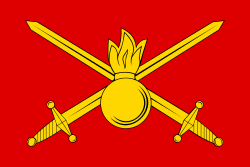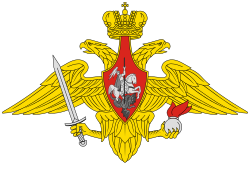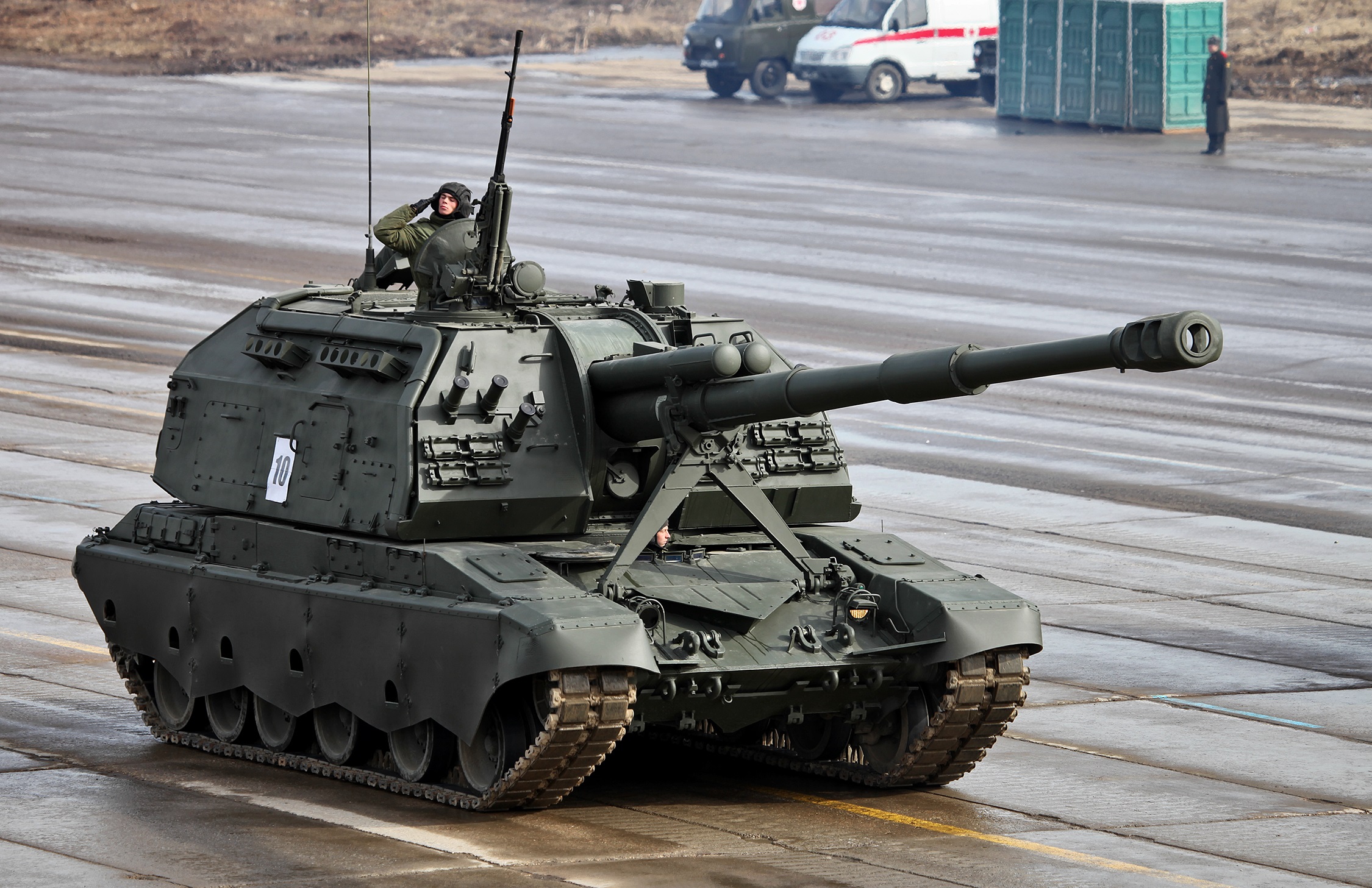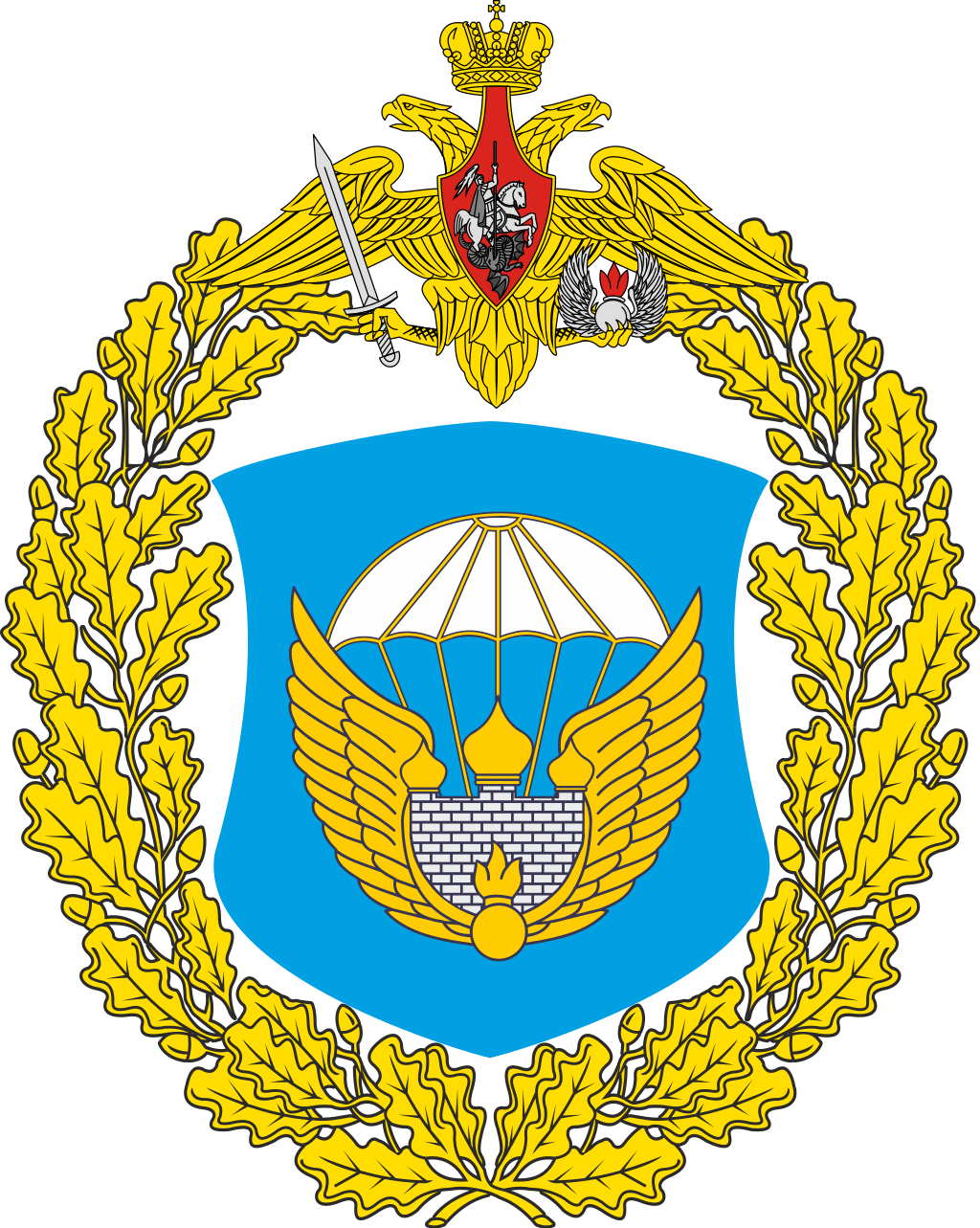- Oct 3, 2018
- 2,945
The Russian Land Maneuver Forces, Сухопутные войска Российской Федерации, is the professional ground forces of the Russian Armed Forces. Reincorporated under the 1998 White Paper the Russian Ground Forces aims to expand its capabilities to address multi-space and multi-theater challenges.
The primary responsibilities of the Russian Ground Forces are the protection of the state borders, combat on land, and the defeat of enemy troops. The President of Russia is the Supreme Commander-in-Chief of the Armed Forces of the Russian Federation. The Commander-in-Chief of the Russian Ground Forces is the chief commanding authority of the Russian Ground Forces. They are appointed by the President of Russia. The Main Command of the Ground Forces is based in Moscow.
A major reorganization of the force has begun. Chief of the Army General Staff Valentin Varennikov has overseen the reformation of Russia's army divisions into brigades, and cutting surplus officers and establishments. A 3-chain structure has been established under a strategic command–operational command brigade. Brigades are supposed to be used as mobile permanent-readiness units capable of fighting independently with the support of highly mobile task forces or together with other brigades under joint command.
The General Staff, following continued political strife in the 1990s, was firmly placed under the control of the Presidency. Following the 1993 political crisis the Russian Armed Forces, especially the Ground Forces came under renewed pressure. Having served as a bastion of Soviet-era conservatism, causing a build-up of troubles that later became critical, the 2000-era Chechnya-related purges would see the army become far more in tune with the needs for modernization. The reform plan advocated a change from an Army-Division-Regiment structure to a Corps-Brigade arrangement. The new structures were to be more capable in a situation with no front line, and more capable of independent action at all levels.Cutting out a level of command, omitting two out of three higher echelons between the theatre headquarters and the fighting battalions, would produce economies, increase flexibility, and simplify command-and-control arrangements
Under the proposals, Russia aims to have 70 operational divisions along with 15 reserve divisions. The ambitious proposal includes plans to modernize command and communication along with improving NCO autonomy. The Russian Land Forces is on track to have 70 operational divisions by 2008.
Note: the formations posted below, and all subsequent posts, are considered in development and are not yet at full strength of equipment or manpower.
The following information is classified and protected.
Devulging the information below is considered a federal offense and punishable under Russia's Federal Criminal Code.
The primary responsibilities of the Russian Ground Forces are the protection of the state borders, combat on land, and the defeat of enemy troops. The President of Russia is the Supreme Commander-in-Chief of the Armed Forces of the Russian Federation. The Commander-in-Chief of the Russian Ground Forces is the chief commanding authority of the Russian Ground Forces. They are appointed by the President of Russia. The Main Command of the Ground Forces is based in Moscow.
A major reorganization of the force has begun. Chief of the Army General Staff Valentin Varennikov has overseen the reformation of Russia's army divisions into brigades, and cutting surplus officers and establishments. A 3-chain structure has been established under a strategic command–operational command brigade. Brigades are supposed to be used as mobile permanent-readiness units capable of fighting independently with the support of highly mobile task forces or together with other brigades under joint command.
The General Staff, following continued political strife in the 1990s, was firmly placed under the control of the Presidency. Following the 1993 political crisis the Russian Armed Forces, especially the Ground Forces came under renewed pressure. Having served as a bastion of Soviet-era conservatism, causing a build-up of troubles that later became critical, the 2000-era Chechnya-related purges would see the army become far more in tune with the needs for modernization. The reform plan advocated a change from an Army-Division-Regiment structure to a Corps-Brigade arrangement. The new structures were to be more capable in a situation with no front line, and more capable of independent action at all levels.Cutting out a level of command, omitting two out of three higher echelons between the theatre headquarters and the fighting battalions, would produce economies, increase flexibility, and simplify command-and-control arrangements
Under the proposals, Russia aims to have 70 operational divisions along with 15 reserve divisions. The ambitious proposal includes plans to modernize command and communication along with improving NCO autonomy. The Russian Land Forces is on track to have 70 operational divisions by 2008.

| 
Chief of the Army General Staff Valentin Varennikov | 
|
Note: the formations posted below, and all subsequent posts, are considered in development and are not yet at full strength of equipment or manpower.
The following information is classified and protected.
Devulging the information below is considered a federal offense and punishable under Russia's Federal Criminal Code.
Russian Ground Forces 
|

Motostrelki 105,975 | 
Mekhanstreliki 63,585 | 
Desantniki 55,970 | |

Strelki 37,480 |

Alfa Tier 1 Operators: 544 | 
Spetsnaz Tier 2 Operators: |

Vehicle Crew 53,420 | 
Artillerymen 53,830 | 
Engineers 27,740 |

Signals 34,850 | 
Logistics 74,650 | 
Medical 17,940 |

Maintenance 31,570 | 
Military Police 980 | 
Intelligence 2,300 |
Last edited:




























